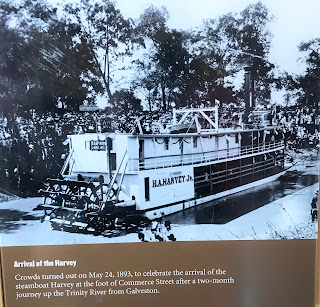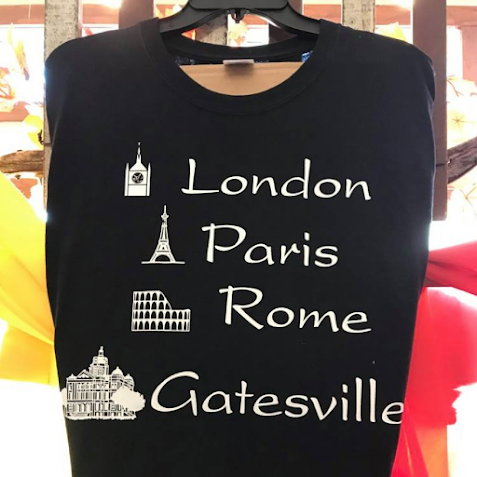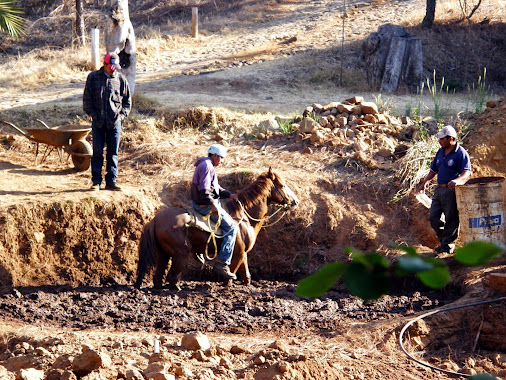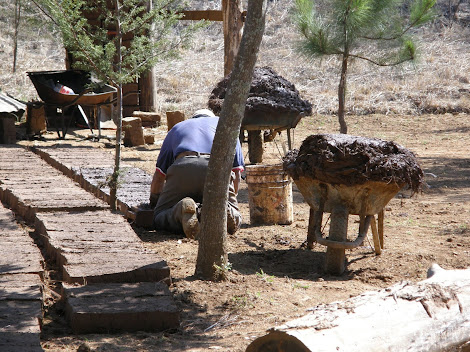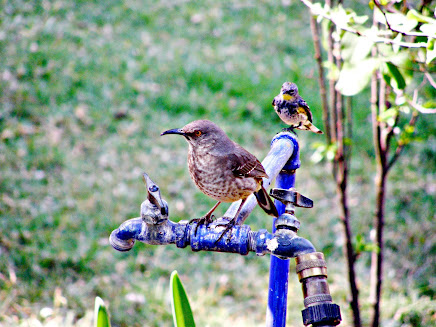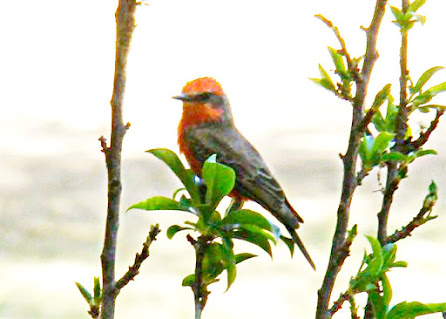Most Dangerous Australian Beach
September 17, 2018
 |
| Fraser Island, Queensland, Australia |
According to someone named India Irving (1), "Fraser Island is located just off the Southeastern coast of Queensland, Australia, and is the number one "most dangerous beach in the world."
First of all, the island is an actual favourite hangout for young Great Whites.
However, it is not only known for shark attacks, but for dingo attacks
as well. Dingos are a breed of feral dog native to Australia and, like
any wild, undomesticated predator, can be extremely dangerous to humans. Beyond the sea, even the sand itself is dangerous on Fraser. Whether you
are walking or driving through it, the sand poses a number of hazards.
The ocean itself is known for being exceptionally rough, and for its
powerful riptides. Since there are no lifeguards on patrol at Fraser,
nor any warning flags, tourists often jump in for a dip and find
themselves unable to get back to shore.
Many tourists, for example, find it enticing to run down sand dunes into
the lakes below, but, because the sand in the lakes can’t be seen, the
depth is often hard to measure, leading to enthusiastic sand-divers
sustaining head injuries yearly. When it comes to driving your car
through the sand, there are multiple accidents and roll-overs every year
too."
 |
| Tourist diving into Lake Wabby |
So, why is this large, dangerous, sand island of interest? Because it's where I took my family for a Christmas vacations back in 1975. See that guy in the above photo taking that dangerous dive -- that's me. I survived.
Remember, Christmas in the southern hemisphere takes place in summer, so it was a little warm during the day but sea breezes kept it rather pleasant overnight.
My new friends (the Bloods and Yules) at the University of Queensland, organized this trip to the island which required that we rent 4-wheel drive Land Rovers, tents, cooking utensils and such which were ferried across Hervey Bay to Fraser Island. Hervey Bay is know as a Humpback Whale nursery, but we saw none.
 |
| Robin and Kyley Yule, Ellen and Brian |
Our goal was to drive around this largest sand island in the world and explore its beautiful beaches, inland rain forests, and fresh water lakes and such while camping along the way. There were no paved roads and the sandy beaches could sometimes be a little soft, so 4-wheel vehicles were necessary.
Our first night was spent in the rain forest of huge Eucalyptus trees in a place I named "Camp Mossy" -- because our tent was too small for all five of my family so I slept in the un-screened Land Rover and fought mosquitoes all night. The word "Mossy" is the Queensland language for mosquito.
 |
| Camp Mossy |
But, next came the beach -- the beautiful, wide, beach with almost no other person in sight. The sparking, blue-green waters of the Coral Sea curved far out over the horizon toward the islands of Melanesia -- islands out there somewhere that were too far away to see.
 |
| View from Indian Heads |
|
The colored sand cliffs offered a scenic and challenging part of the trip. When driving this long beach backed by cliffs, it was virtually impossible to escape from the beach at high tide. So, if we were stuck in the sand at high tide -- goodby Land Rovers.
 |
| Colored Sands |
We found camping sites up off the beach where we could find some firewood and some protection from winds.
 |
| Middle Rocks Campground |
We spent Christmas day here, eating Christmas watermelon.
 |
| L to R: Russell Yule, Ellen, Jimmy, Kylie, Barbara, Robin, Brian and Pat |
 |
| L to R: Lloyd Blood, Brian, Kynwyn, Ellen, Jimmy, Kylie and Russell opening presents |
|
The wives took turns cooking over a campfire.
 |
| Pat's turn to fix the tucker |
|
When we began to feel a little grubby, we visited one of the inland, fresh-water lakes where we could clean up.
 |
| Time for a bath |
Then we fed bacon to the tame turtles.
 |
| Feeding Turtles in lake Borrarady |
Every day, we would break camp and drive further on the beach -- stopping at interesting places. This big "blow-out" (where the sand overwhelmes the vegetation) of sand dunes is a place we observed some Brumbies -- the wild horses.
 |
| Blow Out |
 |
| Stop at Platypus Bay |
But, maybe the highlight of the trip was a visit to a large sand dune on the northern end of the island. It was maybe the largest sand dune in the world -- but maybe that's just Texas guesses.
 |
| Ellen helping Lloyd Blood to the top |
 |
| At least the largest dune on Fraser Island |
 |
Jimmy and Russell flying over a sand dune
|
Ellen and Kylie helped little Kynwyn walk the beach.
 |
| Ellen, Kynwyn Blood and Kylie Yule |
Peter Blood often stayed in the tent to read while the rest of us frolicked about on this playground island. So, that's a major reason he was not included in these photos. Here's a photo of him from another location so that all members of our Christmas party can be seen.
 |
| Peter Blood |
So, we finally took the ferry back to the mainland. Other than donating a little Texas blood to mozzys, nobody was eaten by a great white shark and nobody cracked their skulls by diving into a shallow lake. The kids all got along very well and seemed to have a good time.
After reading Mr. Irving's article about this dangerous place, I never really thought about it being so dangerous while we were there. I'm actually skeptical that it is the most dangerous in the world -- but what do I know? But it was certainly dangerous to this Maheno ship that wrecked during a cyclone.
 |
| The Meheno Ship wreck |
I certainly treasure the memories of this great, Christmas vacation in such a wonderful, exotic Australian location.
(1) India Irving: https://theculturetrip.com/pacific/australia/articles/this-is-the-number-one-most-dangerous-beach-in-the-world/
Table of Blog contents: https://www.blogger.com/blog/post/edit/6813612681836200616/3382423676443906063?hl=en



